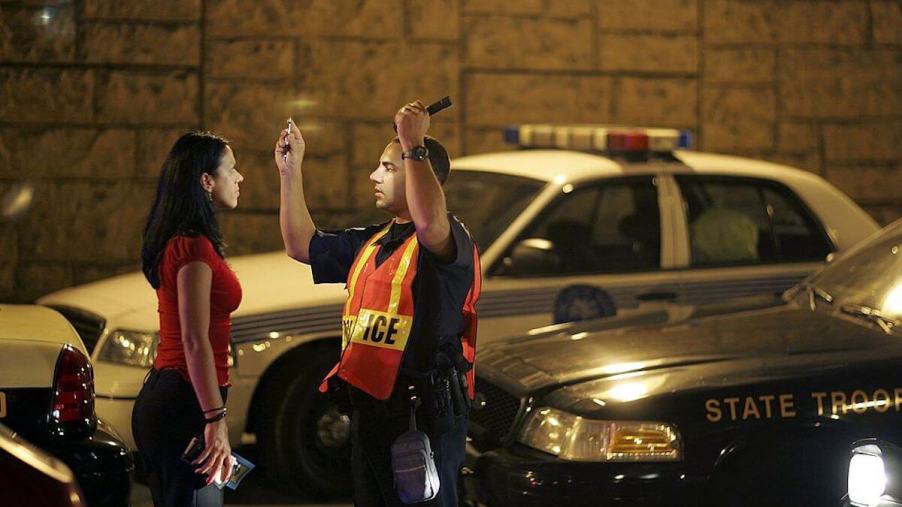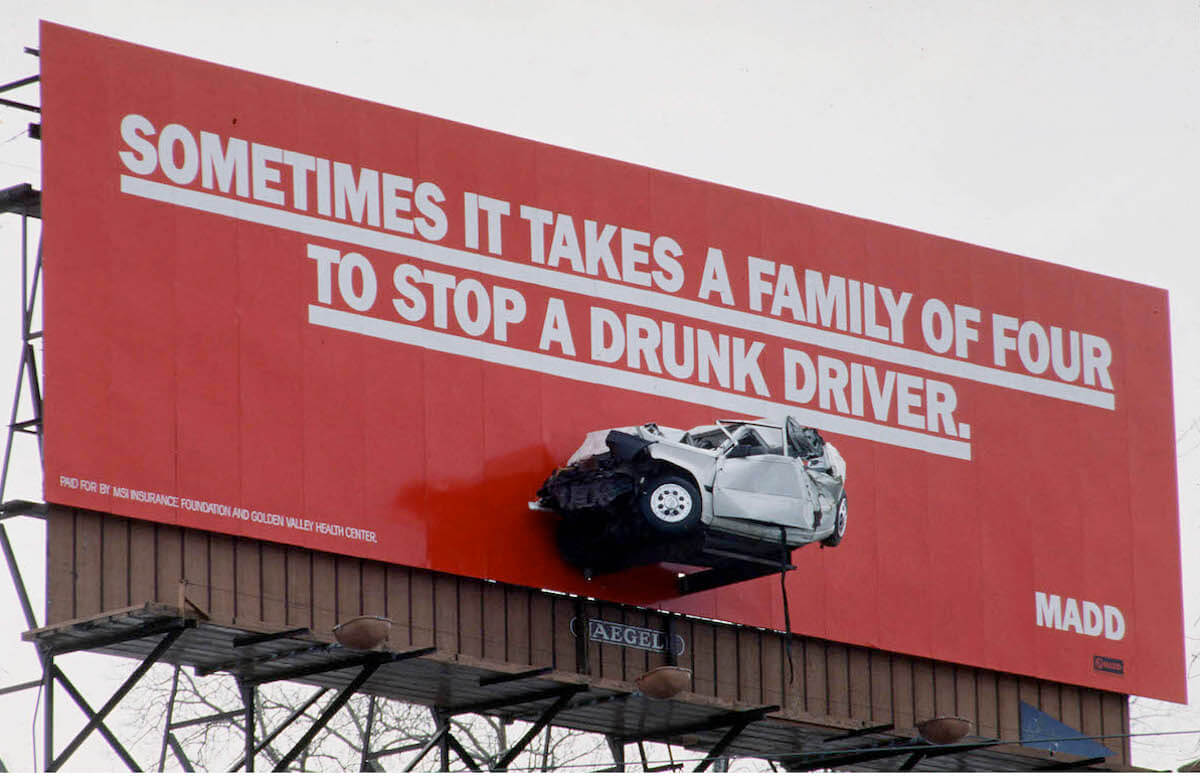
Why All New Cars Must Include Drunk Driving Prevention Tech by 2026
Drunk driving is a problem that has plagued American roads for years. Driving under the influence can impair judgment, reduce reaction time, and lead to legal consequences, injuries, and death. Recent statistics show that deadly alcohol-related car accidents are on the rise. The good news? Measures are being taken to reduce the number of these tragedies. One step is adding drunk driving prevention tech to all new vehicles by 2026.
Deadly alcohol-involved car crashes are on the rise

MADD reports that fatal alcohol-involved crashes were up 9% in 2020 compared to 2019, even as vehicle miles traveled fell by 13%. These estimated crash fatalities involved automobiles, motorcycles, and people walking and driving, according to the National Highway Traffic Safety Administration (NHTSA).
In 2020, 38,680 people died in motor vehicle crashes, the most significant increase since 2007. That’s about a 7% jump in overall traffic deaths in 2020 compared to 2019. The Federal Highway Administration showed that vehicle miles traveled decreased by 430 billion.
Drunk driving prevention technology in cars is coming soon
How can we fix this problem? One solution sure to have an impact is a mandate requiring that all newly built cars come with drunk driving prevention technology by 2026.
This tech is known as “Driver Alcohol Detection System for Safety” (DADSS). It will detect when a driver’s blood alcohol content exceeds the legal limit of 0.08%. If the system notices someone is impaired behind the wheel, it will alert them to pull over or call for help.
The mandate’s concept is simple: If cars come equipped with this technology, it will deter people from getting behind the wheel while drunk. The hope is this technology will save lives.
How else can drunk driving be prevented?
In addition to this drunk driving prevention tech, other programs and measures are already in place that have helped reduce alcohol-related crashes on U.S. roads. High-visibility enforcement campaigns such as “Click It or Ticket” have successfully raised awareness about the dangers of impaired driving and deterred people from making poor decisions behind the wheel.
Additionally, minimum drinking age laws have saved thousands of lives since 1975 by preventing underage drinkers from accessing alcoholic beverages in bars, restaurants, and stores.
“The National Highway Traffic Safety Administration (NHTSA) estimates that minimum drinking age laws have saved more than 31,000 lives from 1975 to 2017,” the National Safety Council reports.
Let’s put an end to drinking and driving
Alcohol-related crashes are a serious problem that has caused too much tragedy for far too long. We hear about it on the news far too often. Thankfully, steps are being taken to address this issue, including drunk driving prevention technology in all newly built cars by 2026. While more work needs to be done before we can declare victory against alcohol-involved crashes, these initiatives provide the hope that car safety will continue to improve.



